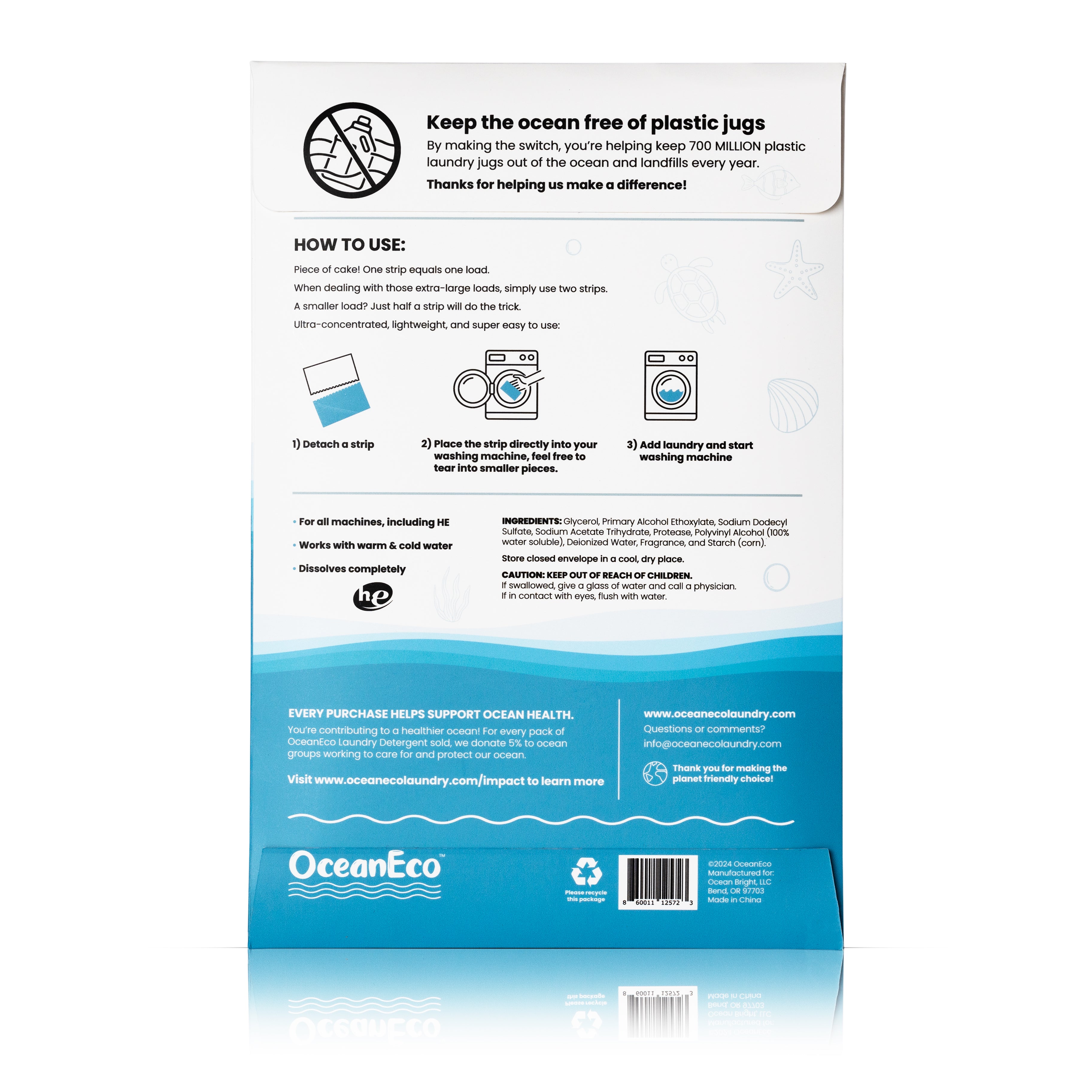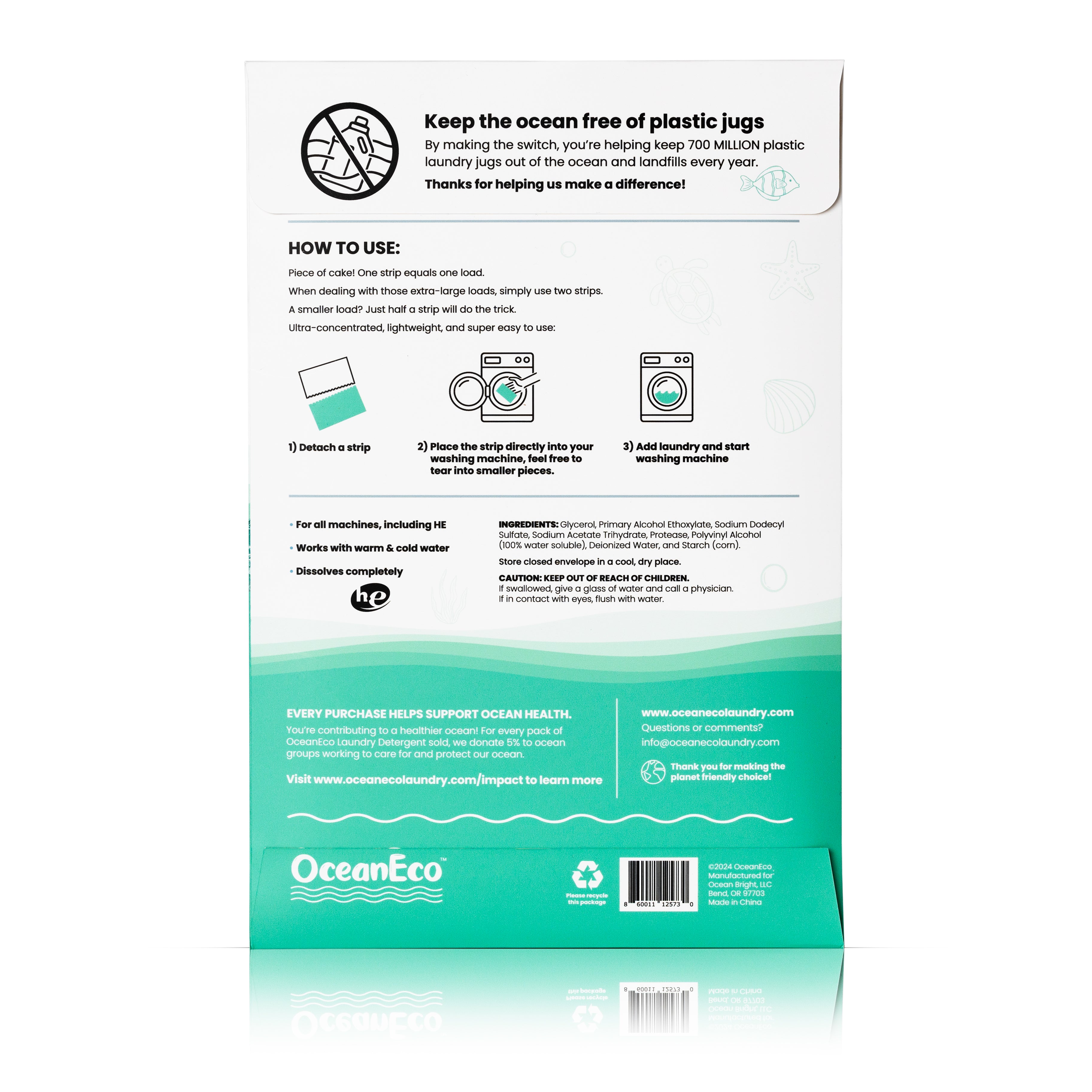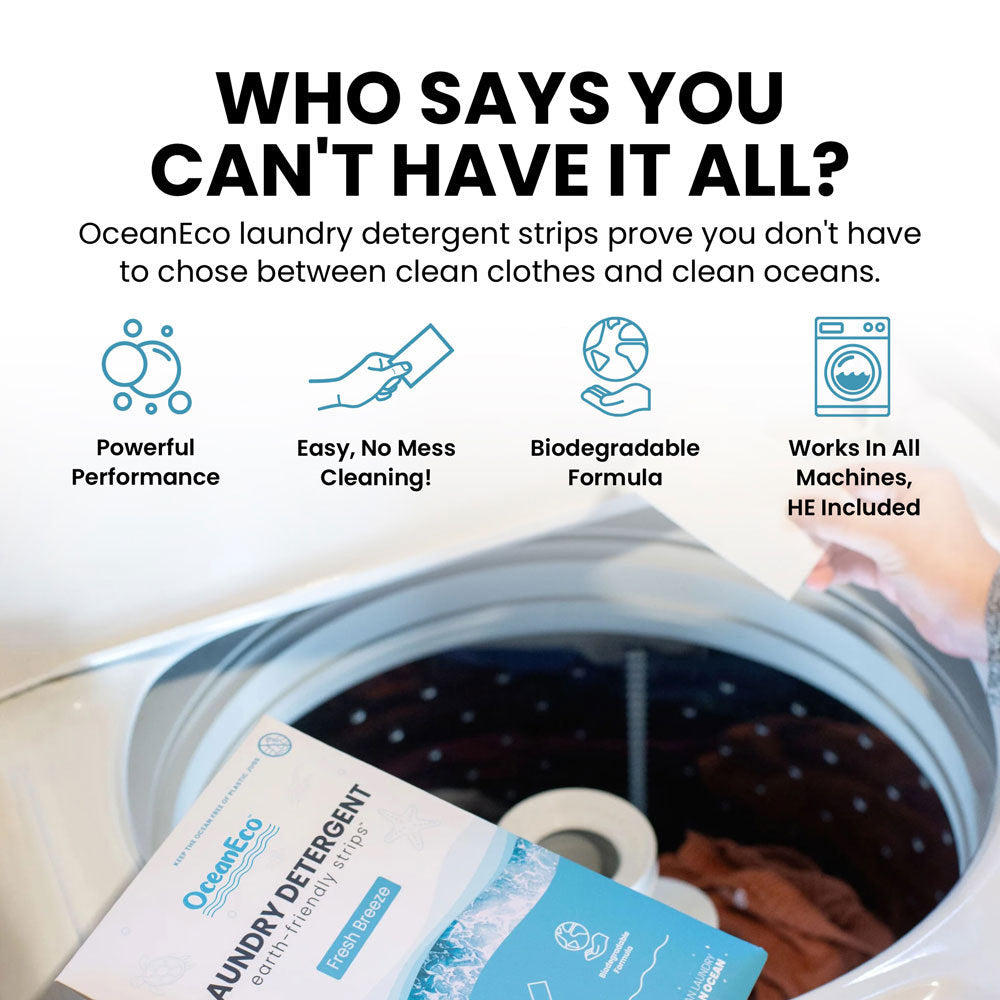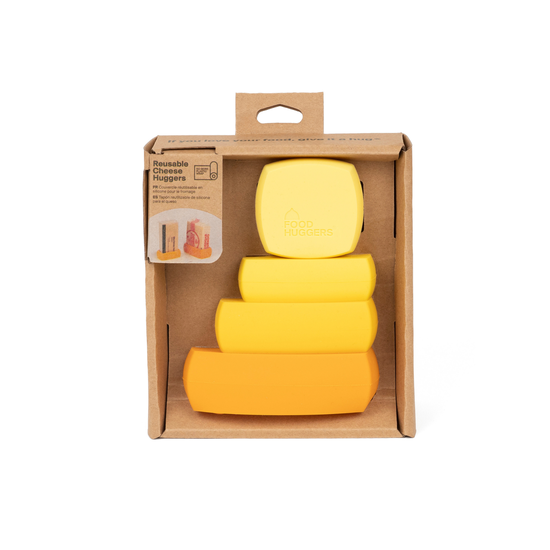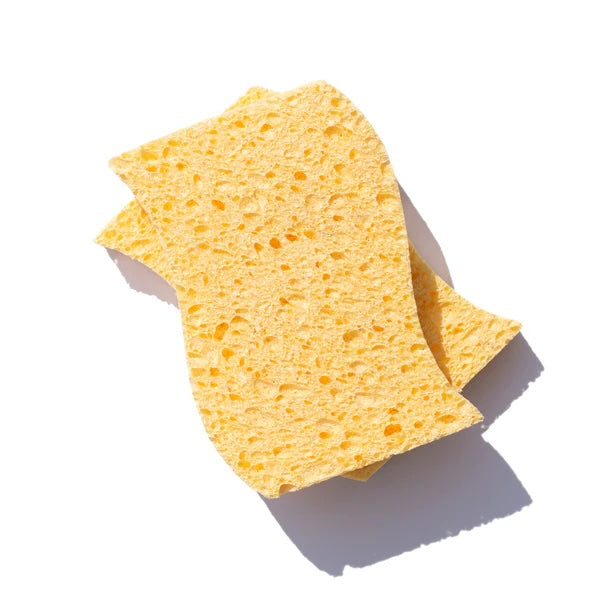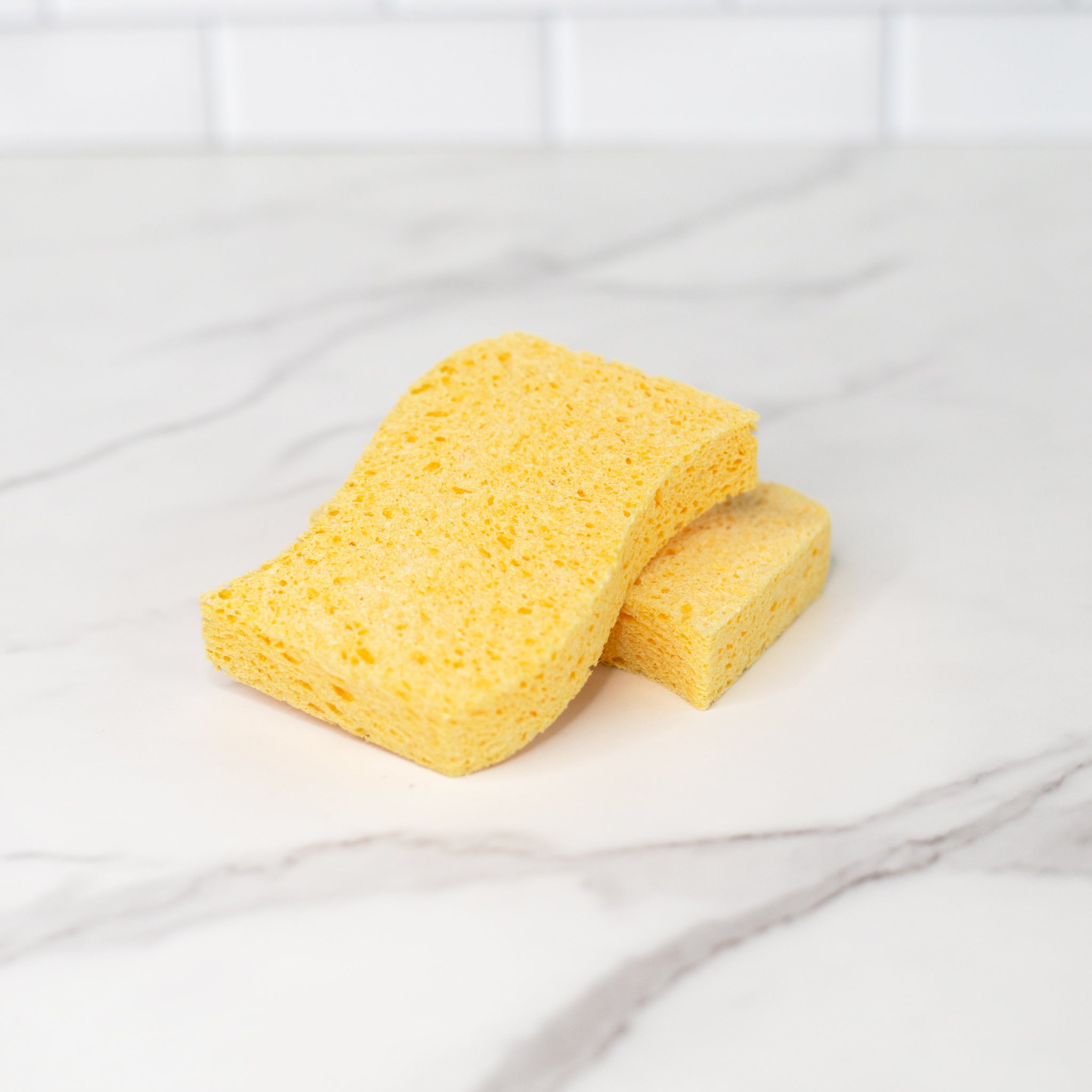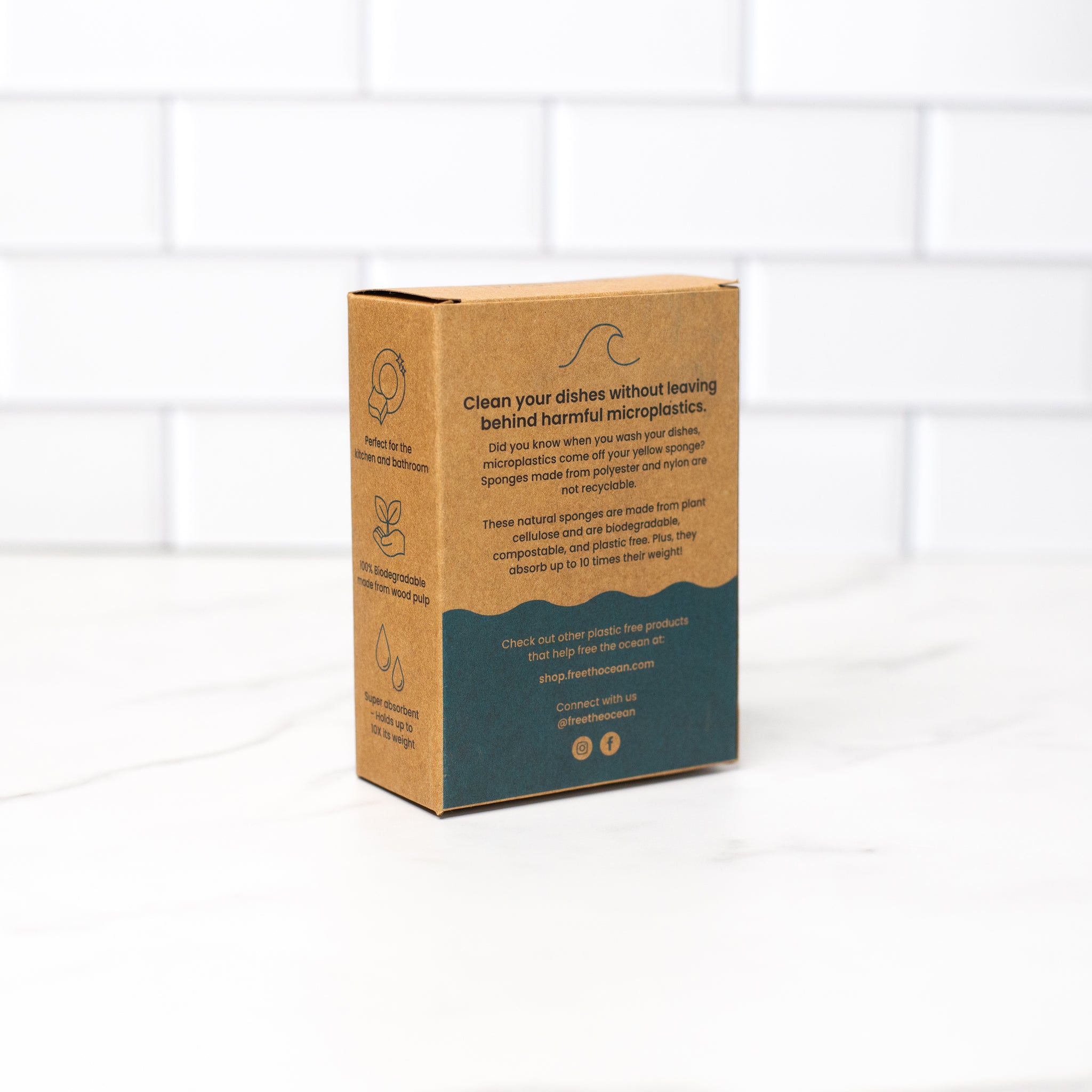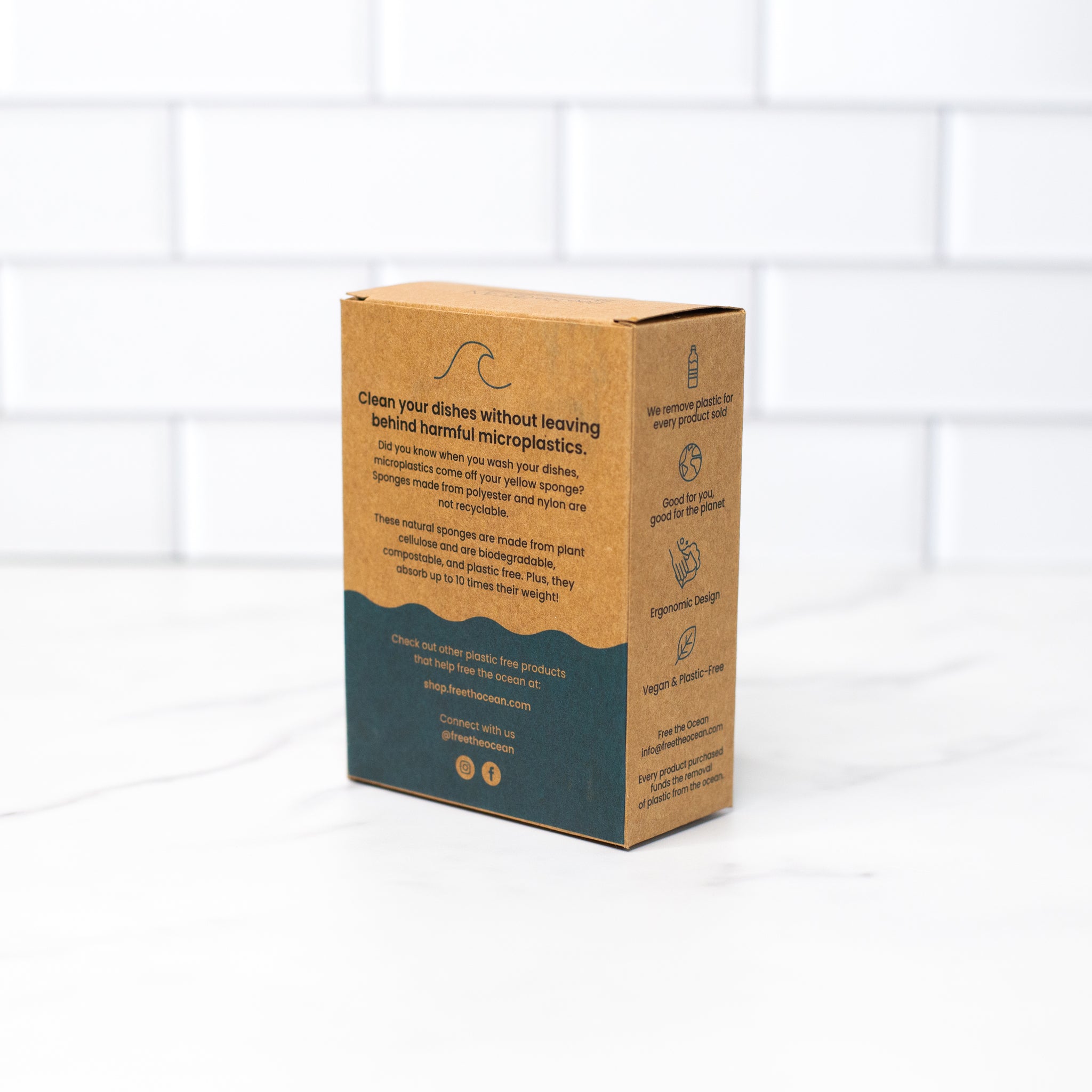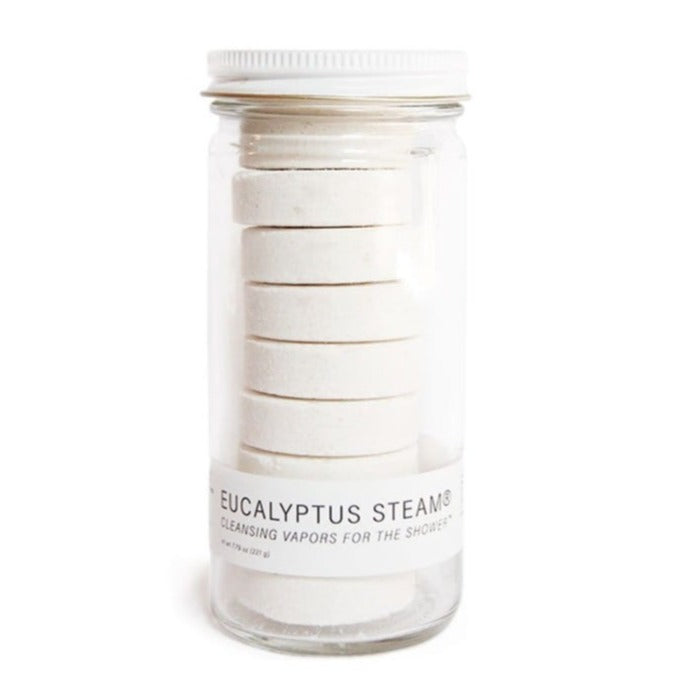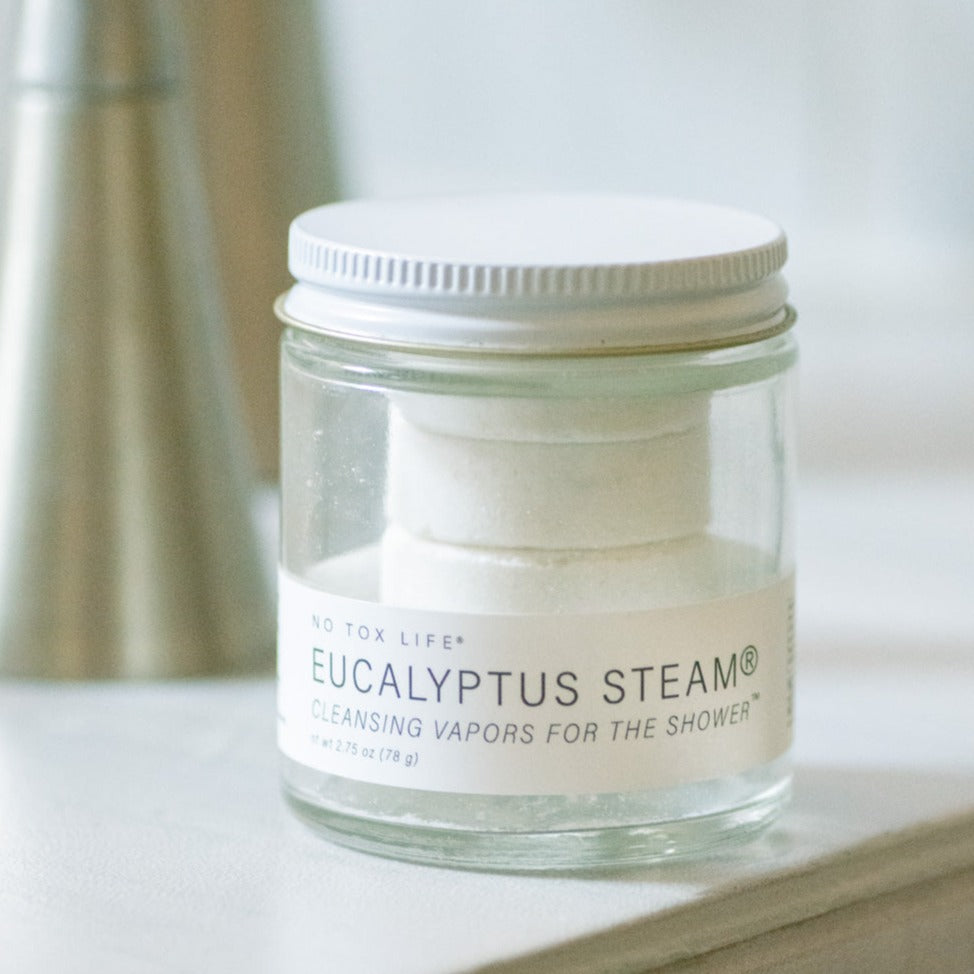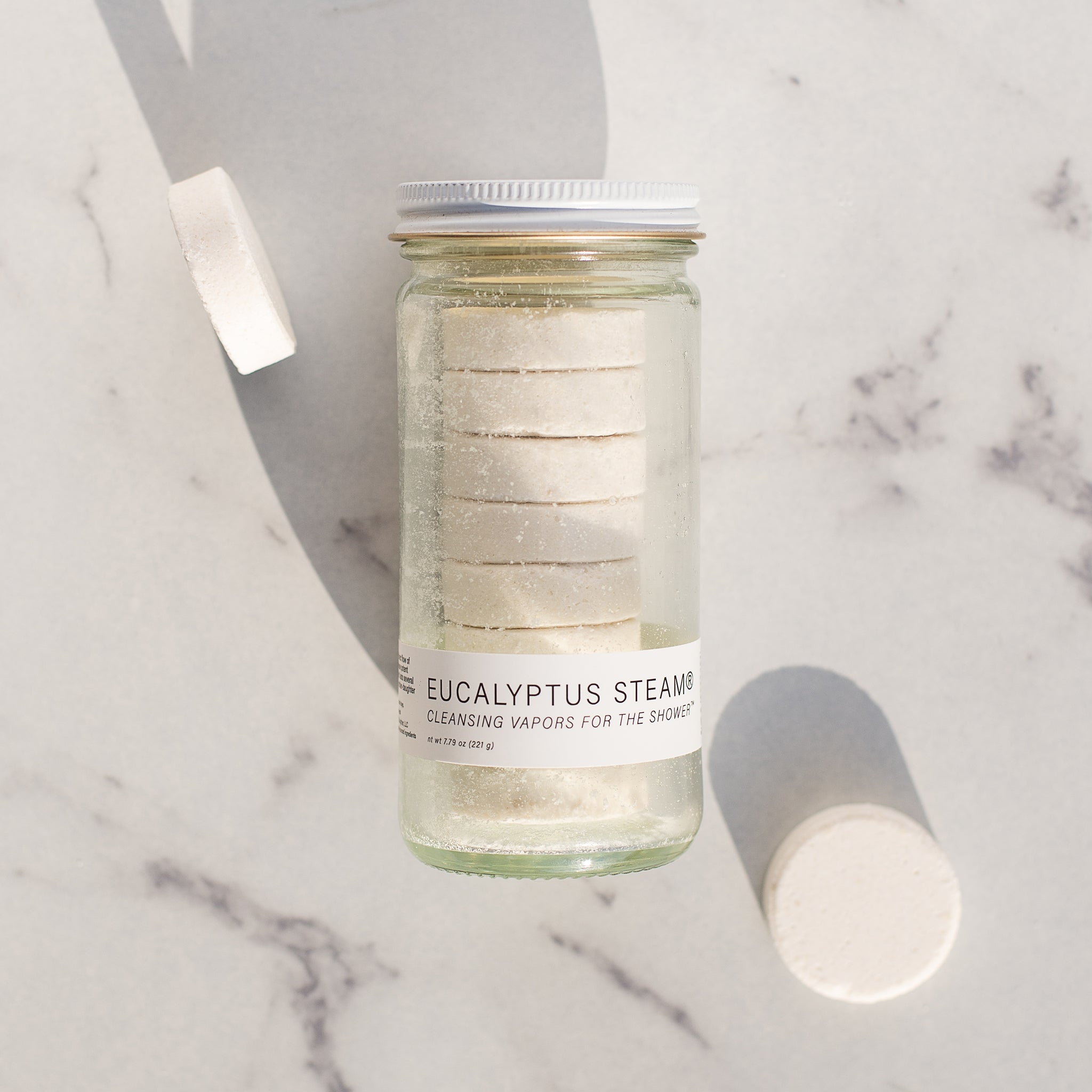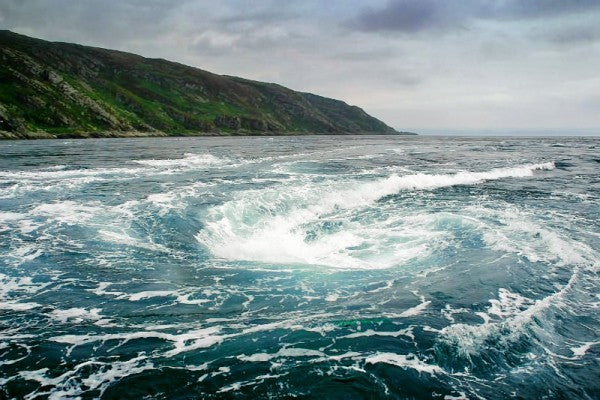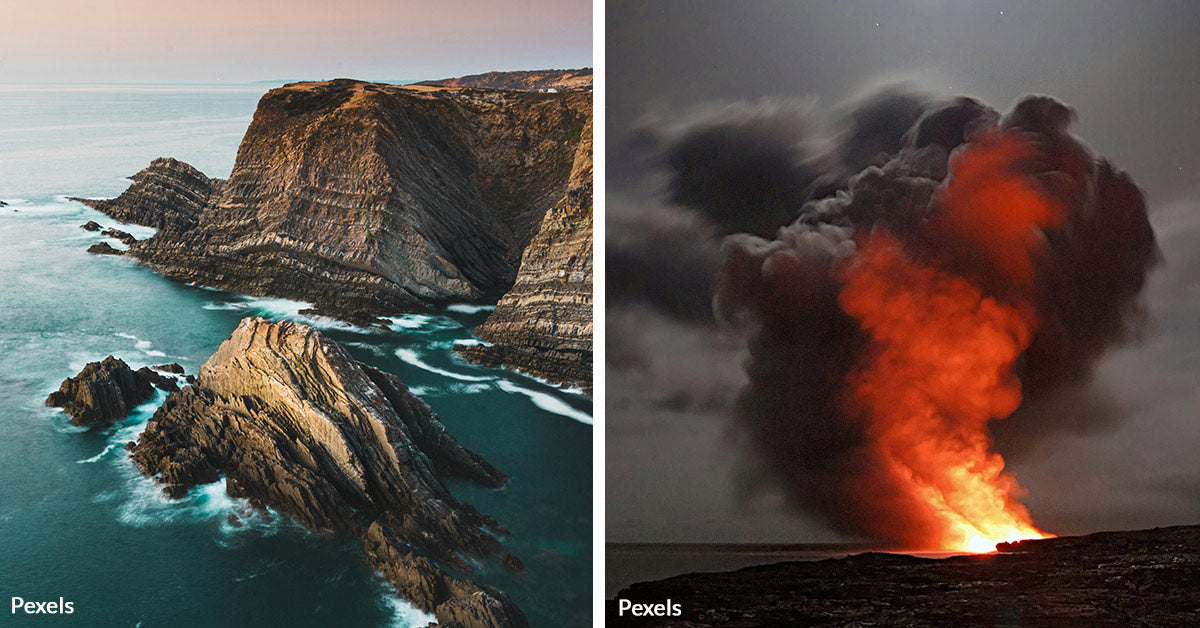A Deep Sea Discovery of Hydrothermal Havens
Ever imagined what secrets lie beneath the ocean’s surface? I’m talking about thousands of feet below, where the sunlight is a mere dream, and life as we know it takes a U-turn. Well, scientists have unveiled a new deep-sea surprise for us: a bunch of never-before-seen hydrothermal vents!
![]() Photo Credit: Schmidt Ocean Institute
Photo Credit: Schmidt Ocean Institute
The Hot Pursuit
These undersea geysers, found in a 423-mile stretch of the Mid-Atlantic Ridge, are the first new kids on the block since the 1980s. David Butterfield, our ocean chemistry guru from the University of Washington and the NOAA Pacific Marine Environmental Lab, credits the find to the right tools, a stellar strategy, and Mother Nature playing nice with the weather.
The Underwater Wonders
But what’s the big deal about these vents? Let’s take a deep dive. Picture the Earth’s crust as a giant puzzle with movable pieces. Where these pieces, or tectonic plates, move apart, water from the ocean seeps through the cracks, picks up minerals, and gets super-heated by the magma below. The hot, mineral-rich water, shoots back up to the ocean floor. It’s a scorching 750 degrees Fahrenheit! That’s enough to melt lead, but thanks to the deep-sea pressure, it doesn’t boil.
Life Finds a Way
As this hot vent water dances with the cold seawater, it causes a chemical gala. Minerals like sulfur turn solid, creating a chimney around the vent. But guess what? This harsh environment is a paradise for some bacteria. With no sunlight, they live off the energy from the vent chemicals. Maggie Georgieva, a vent researcher who wasn’t part of the discovery, believes these could be the cradles where life on Earth began.
Black Smokers: The Ocean's Hotspots
The recently discovered vents are black smokers – emitting dark-colored plumes and chimneys of iron sulfide, they’re the hottest of the hot. Nestled about 6,600 feet below the surface, they are thriving hubs of biodiversity, home to swarms of vent shrimp and rare big fin squid.
![]()
Photo Credit: Woods Hole Oceanographic Institution
Mapping the Deep Blue
The scientists used autonomous underwater vehicles and a remotely operated vehicle, SuBastian, onboard the research vessel Falkor. They explored an area of seafloor as large as Manhattan. Interestingly, they initially set out in search of a different kind of hydrothermal system known as the “Lost City.”
So, the next time you look out over the ocean, remember there’s a hot and bustling world beneath those waves, full of mysteries waiting to be discovered.



























































































































